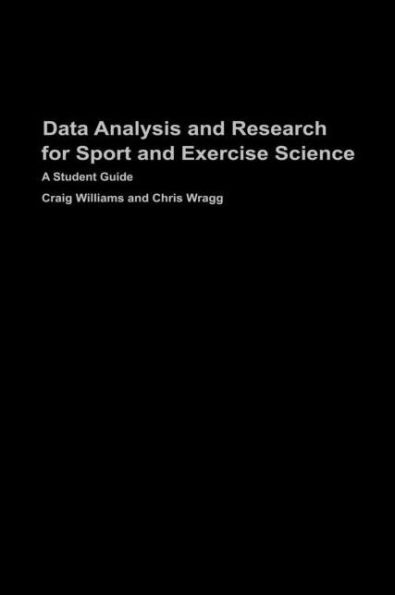5
1
9780415289702



Data Analysis and Research for Sport and Exercise Science: A Student Guide / Edition 1 available in Hardcover, Paperback, eBook

Data Analysis and Research for Sport and Exercise Science: A Student Guide / Edition 1
- ISBN-10:
- 041528970X
- ISBN-13:
- 9780415289702
- Pub. Date:
- 12/18/2003
- Publisher:
- Taylor & Francis
- ISBN-10:
- 041528970X
- ISBN-13:
- 9780415289702
- Pub. Date:
- 12/18/2003
- Publisher:
- Taylor & Francis

Data Analysis and Research for Sport and Exercise Science: A Student Guide / Edition 1
$220.0
220.0
In Stock

Product Details
| ISBN-13: | 9780415289702 |
|---|---|
| Publisher: | Taylor & Francis |
| Publication date: | 12/18/2003 |
| Edition description: | Student |
| Pages: | 152 |
| Product dimensions: | 7.00(w) x 10.00(h) x (d) |
About the Author
From the B&N Reads Blog
